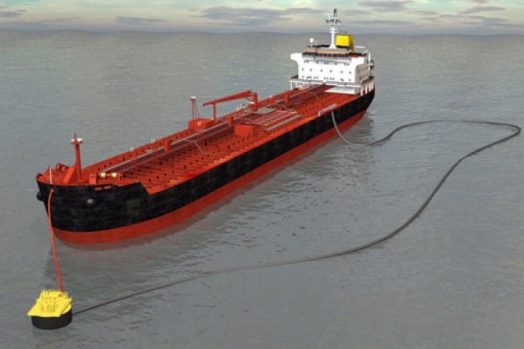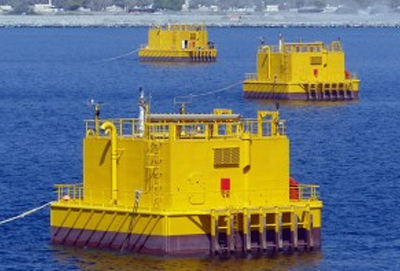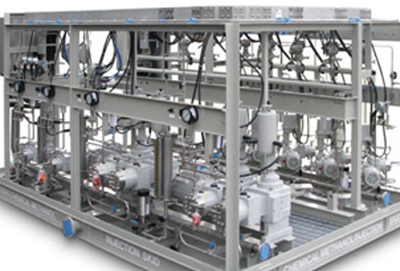Details
- Construction Date 03 Jul 2018
- Category Offshore
Description
The cable laying portion of the installation has its unique challenges. Traditionally, cable is landed onshore and laid across the ocean or body of water with a landing on the other side. Protection in near shore areas is effected by cable burial using burial plows and/or fitting of articulated pipe in environmentally sensitive or high abrasion areas. Cable protection is primarily used to protect against fishing activity and areas of abrasive geology, such as rocks, where burial is not recommended or possible. Avoidance of vessel anchorages is highly recommended. The marine survey will determine the best route to take to preserve cable system lifecycle.
Another cable laying challenge is routing of cable from the seabed, up the side of the tower to the nacelle for termination. Attachment of the cable to the tower and nacelle must be carefully designed to support cable weight and environmental forces acting upon it for the system design life. Similar vertical routing is performed in the submarine cable industry whereby fiber optic cables are connected to oil platforms in a similar manner. There are existing designs for hang off devices that support suspended cable so it may be secured to the side of the structure. Cable route engineering is required by the installer or manufacturer to ensure that the proper amount of cable is made to provide for sufficient length to make all of the necessary course changes and provide for any slack requirements such that cable protection can be implemented where required. The cable engineering length is what the manufacturer will build.
What you don’t want is to run short of cable and have to make expensive splices, or have large amounts of cable left over from the project. The last challenge to laying cable in the wind farm is the multitude of connections to be made to multiple windmills. All of these connections can individually run to shore (expensive) or can be terminated to a sub-sea sub-station or junction box specifically designed to combine the power from all generators and run a single cable to shore for termination.
Connections to the sub-sea sub-station can take place with existing technologies utilizing wet-mateable connectors. These type connectors are used in the oil & gas industry. Investigation has indicated that wet-mateable HV connector designs exist for use in the subsea industry. This could simplify the cable handling for installation and future maintenance or replacement. For AC power export applications the new XLPE multi-core cable designs allow the use of a single cable. Depending on the HV requirements these cables can be very large in diameter, harder to handle, higher in cost, have long lead times and require specialized handling for deployment. An option to the single multi-core cable is to utilize 3 single core cables. This option will simplify handling; is more readily available, is lower in cost, and is easier to handle on the deck of a ship with standard deployment machinery. Likewise storage of the cable on deck can be in the form of cable reels, depending on individual lengths per windmill. It is has been proposed to bind the 3 conductors on the surface vessel to make one twisted 3-strand cable for deployment over the stern for laying on the seabed. This concept can provide savings in time &money for procurement of the necessary cables and availability of the necessary deployment resources.




